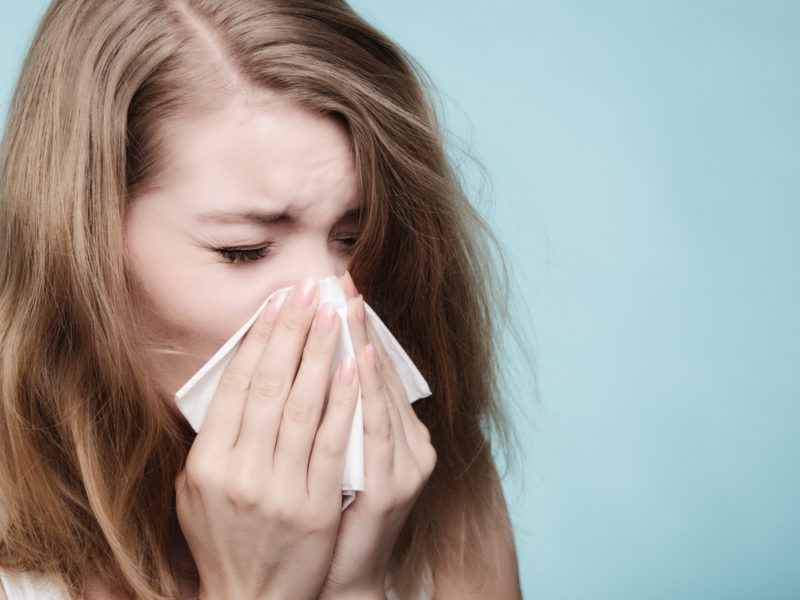
Humidity and allergies go hand-in-hand, but the connection between the two isn’t as simple as you might think. You’ll suffer from worsened allergy symptoms in both high and low humidity conditions in your Pearland, Texas, home. The key to creating a comfortable environment is to understand the hazards of unbalanced humidity at both ends of the spectrum and find that elusive sweet spot in between.
Humidity Breeds Dust Mites
Dust mites love humid environments. Rather than drinking water, they absorb it through their skin, making high humidity an important requirement for these pests. In humid conditions, dust mites will also find a feast of soft skin cells that have sloughed off throughout the home. If humidity levels are excessively high in your home, a whole-house dehumidifier can help you keep things under control.
Mold and Mildew Thrive in Moisture
High humidity is essential for mold and mildew. If you have persistent moisture in the home, you’ll find it difficult to stop these hardy growths. This type of ongoing humidity is most common in the bathroom or kitchen. Proper ventilation in these areas can keep humidity levels under control.
Low Moisture Makes Allergens Airborne
While high humidity tends to breed allergens, low humidity causes them to dry up and blow away. When these irritants become airborne, they’re easier to inhale. This can lead to serious problems for asthma and allergy sufferers who are already sensitive to certain pollutants in the air.
Dry Air Causes Personal Discomfort
If the air is too dry, your nasal passages and eyes will become dryer as well. Dry nasal passages aren’t as efficient at capturing airborne pollutants like dust, dander, and pollen. If your air is dry enough to cause cracked skin and lips or irritated eyes, you should consider adding some moisture to the air to improve your health and comfort.
If you’re struggling to maintain proper humidity levels in your home, contact Maxx A/C & Heating at 281-409-3890. We’ll help you keep humidity in the right range so you can breathe easy.
Image provided by Shutterstock

